This is not only a strategic orientation but also an inevitable requirement in the context of the world shifting strongly to a knowledge economy and the era of artificial intelligence, where knowledge and creativity become core resources for development so that people are at the center of all innovation.
Institutions flexible enough not to stifle innovation
According to Dr. To Van Truong (Vietnam Irrigation Association), the draft Political Report has proposed three major groups of solutions to develop science, technology and innovation. These are institutional and policy breakthroughs; promoting and enhancing national science and technology capacity; and building and perfecting the national innovation ecosystem.
Institutions are considered the “resource of all resources”, so they must be dynamic enough to encourage creativity, flexible enough not to stifle innovation and transparent enough to protect those who dare to think and do. It is necessary to continue to strongly innovate mechanisms and policies in research, investment, bidding, financial mechanisms and ordering scientific products. Regulations must aim for openness, encourage experimentation, and allow the application of a “sandbox” mechanism for controlled testing of new models and products. Policies need to truly create trust and motivation for research teams, businesses and innovators, considering innovation as a path to development, not just a slogan.
The second solution is to promote and enhance the national scientific and technological potential. The phrase “enhancing scientific and technological potential” should be understood not only as increasing resources but also as exploiting and transforming potential into actual capacity. A modern country must have the capacity to research, apply and master technology, not just stop at potential. Therefore, it is necessary to focus on key investments in strategic areas such as clean energy, biotechnology, new materials, automation, artificial intelligence and big data. The mechanism to encourage businesses to invest in research and development (R&D) must be specified with tax incentives, credits and intellectual property rights commensurate with creative results.
Dr. To Van Truong emphasized that the young intellectuals, technology start-ups and the Vietnamese community abroad are valuable resources that need to be aroused and effectively promoted; it is necessary to create favorable conditions in terms of law, finance and research environment so that they can make practical contributions to the development of the country. Each initiative, each cooperation project in science, technology or digital transformation can become a step forward to help Vietnam shorten the development gap with advanced countries.
The third solution is to build and perfect the national innovation ecosystem. In this ecosystem, enterprises play a central role, research institutes and universities are the knowledge creators, and the State is the institutional architect and infrastructure investor. The “three-house” connection, the State, scientists and businesses, needs to be strengthened by a substantive cooperation mechanism, ensuring harmonious interests and clear responsibilities. Along with that, it is necessary to nurture a culture of innovation throughout society, encourage acceptance of new things, dare to try, dare to make mistakes and dare to correct. The culture of innovation must permeate not only the research community but also state management, education and production and business activities.
In addition, it is necessary to expand international cooperation in science, technology and innovation, connecting the domestic innovation ecosystem with the global innovation network. Attracting leading technology corporations and international research organizations, along with promoting the role of Vietnamese intellectuals and entrepreneurs abroad, will help Vietnam gain faster access to advanced technology, modern management methods and high-quality investment resources.
Need to invest heavily in science and technology
Regarding the content of the draft Political Report submitted to the 14th National Congress of the Communist Party of Vietnam, it clearly stated: "Management and use of resources; environmental protection and response to climate change, prevention, control and mitigation of natural disasters are strengthened; institutions and policies are gradually improved; capacity for forecasting, warning of natural disasters and adaptation to climate change is improved; coordination between levels, sectors and localities is closer and more effective", Dr. Nguyen Xuan Khoat, expert of the Vietnam Institute for Rural Industry Research and Development, said that these are strategic orientations, clearly reflecting the vision of comprehensive and sustainable development of Vietnam in the new period.
According to Dr. Nguyen Xuan Khoat, in the context of the world strongly shifting to a green growth model, low emissions and climate change adaptation, Vietnam has clearly affirmed its commitment and responsibility to the international community when aiming for a net emission target of "0" by 2050. From there, concretizing major orientations in the Draft Document such as managing and using resources effectively, ensuring water security, building climate-adaptive infrastructure, developing a circular economy and digitalizing environmental governance are necessary steps to link economic growth with protecting natural ecosystems.
Dr. Nguyen Xuan Khoat said that environmental protection is no longer the sole responsibility of management agencies, but the shared responsibility of the whole society, in which the State plays a coordinating and creative role, businesses are the enforcement force, and people are the beneficiaries. “If we know how to turn environmental challenges into green development opportunities, Vietnam will both improve its competitiveness and create the image of a sustainably developed country, responsible for the future,” Dr. Nguyen Xuan Khoat emphasized.
To realize these goals, Dr. Nguyen Xuan Khoat proposed three key groups of solutions: Strongly investing in science, technology and innovation in the environmental field, especially recycling technology, clean energy and organic agriculture; perfecting the policy system, financial mechanisms and carbon credit market to encourage businesses to switch to green production models, save energy and reduce emissions; strengthening international cooperation and the role of communities in resource management and disaster response, linking indigenous knowledge with modern science to improve adaptive capacity. "Vietnam is facing an important moment to choose a suitable development model. If we firmly follow the path of green growth, focusing on people and nature, we will have the opportunity to achieve high growth while still maintaining the environmental foundation for future generations," Dr. Nguyen Xuan Khoat shared.
Source: https://baotintuc.vn/xay-dung-dang/khuyen-khich-chap-nhan-cai-moi-dam-thu-va-dam-sua-20251104092639994.htm


![[Photo] The road connecting Dong Nai with Ho Chi Minh City is still unfinished after 5 years of construction.](https://vphoto.vietnam.vn/thumb/1200x675/vietnam/resource/IMAGE/2025/11/04/1762241675985_ndo_br_dji-20251104104418-0635-d-resize-1295-jpg.webp)

![[Photo] Ho Chi Minh City Youth Take Action for a Cleaner Environment](https://vphoto.vietnam.vn/thumb/1200x675/vietnam/resource/IMAGE/2025/11/04/1762233574890_550816358-1108586934787014-6430522970717297480-n-1-jpg.webp)
![[Photo] Ca Mau "struggling" to cope with the highest tide of the year, forecast to exceed alert level 3](https://vphoto.vietnam.vn/thumb/1200x675/vietnam/resource/IMAGE/2025/11/04/1762235371445_ndo_br_trieu-cuong-2-6486-jpg.webp)

![[Photo] Panorama of the Patriotic Emulation Congress of Nhan Dan Newspaper for the period 2025-2030](https://vphoto.vietnam.vn/thumb/1200x675/vietnam/resource/IMAGE/2025/11/04/1762252775462_ndo_br_dhthiduayeuncbaond-6125-jpg.webp)
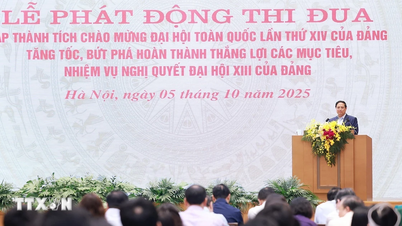







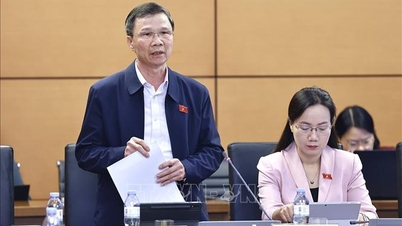















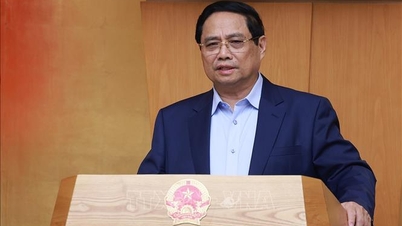
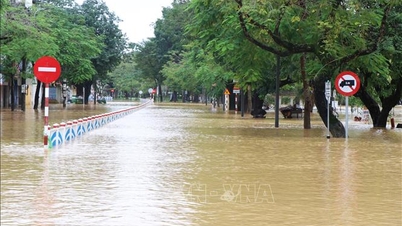
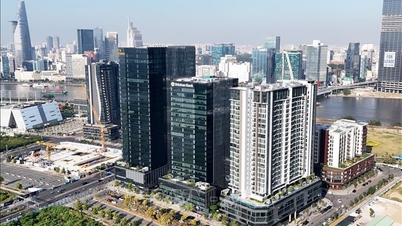

















































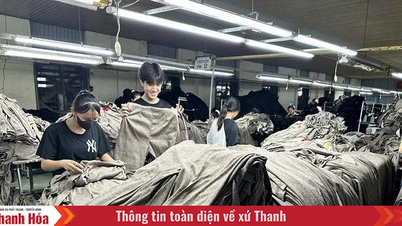


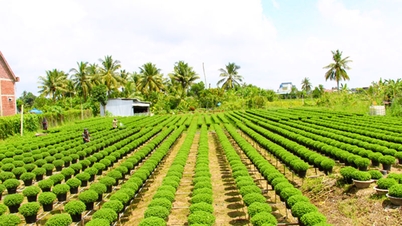

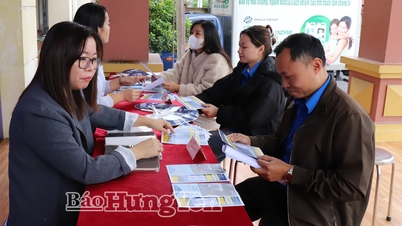















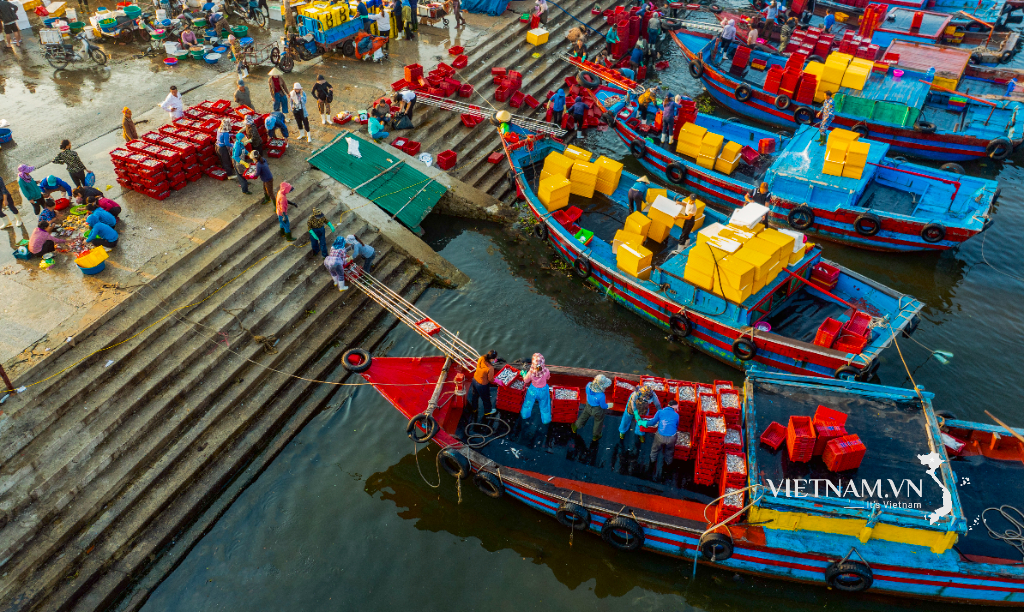
Comment (0)